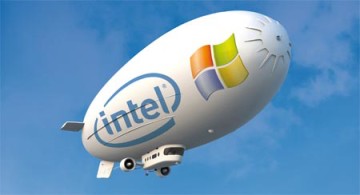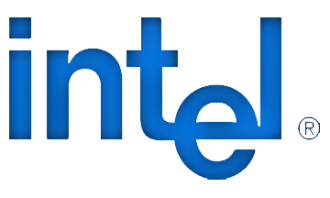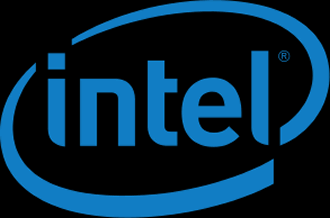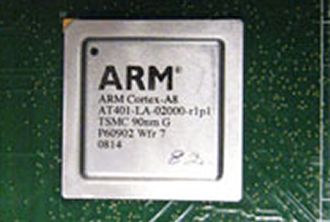 Chipzilla has released eight new Pentium and Core i3 desktop microprocessors.
Chipzilla has released eight new Pentium and Core i3 desktop microprocessors.
The Pentium G3250, G3460, Core i3-4160 and i3-4370 are being geared for PC’s. Intel also released Pentium G3250T, G3450T, Core i3-4160T and i3-4360T which are low-power models.
According to Tom’s Hardware all processors are 100MHz faster than their predecessors, which is a barely noticeable three to four percent improvement in clock speed.
The prices are pretty much the same for previously released Pentiums and Core i3s, particularly after Intel cut the price of existing Core i3-4360 SKU by 7 per cent, from $149 to $138, and the price of the Pentium G3450 was slashed by 13 per cent from $86 to $75.
The new Pentiums products are produced on 22nm manufacturing process, and they come with two CPU cores, running at 2.8 GHz – 3.5 GHz.
The Pentiums have 3 MB of L3 cache, integrated HD graphics, and provide the basics like VT-x Virtualization and SSE4. The Pentium G3250 and G3460 have 53 Watt TDP, and the G3250T and G3450T are rated at 35 Watt. The official prices of Pentiums range from $64 to $85.
It seems priced to complete with the AMD A6-6400K and A8-5500 APUs.
Core i3 microprocessors have support for Hyper-threading feature which means they can run twice as many threads at once. The i3s are generally clocked higher than the Pentiums, and they have GPU upgraded to HD 4400 on the i3-41xx series, and to HD 4600 on the i3-43xx series.
Low power Core i3-4160T and i3-4360T run at 3.1 GHz and 3.2 GHz, and have 35 Watt TDP. The standard power Core i3-4160 and i3-4370 operate at 3.6 GHz and 3.8 GHz but fit into 54 Watt thermal envelope.
All Core i3 models have the GPU clocked at 1.15 GHz, and they support DDR3-1600 memory. Core i3-4160 and i3-4160T have the official price of $117. The Core i3-4360T and i3-4370 are more expensive, and they are priced at $138 and $149.
 Chipzilla CEO Pat Gelsinger announced the addition of two new technology leaders to its executive leadership team, as well as several changes to Intel business units.
Chipzilla CEO Pat Gelsinger announced the addition of two new technology leaders to its executive leadership team, as well as several changes to Intel business units.










